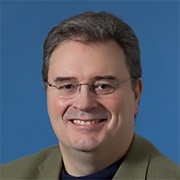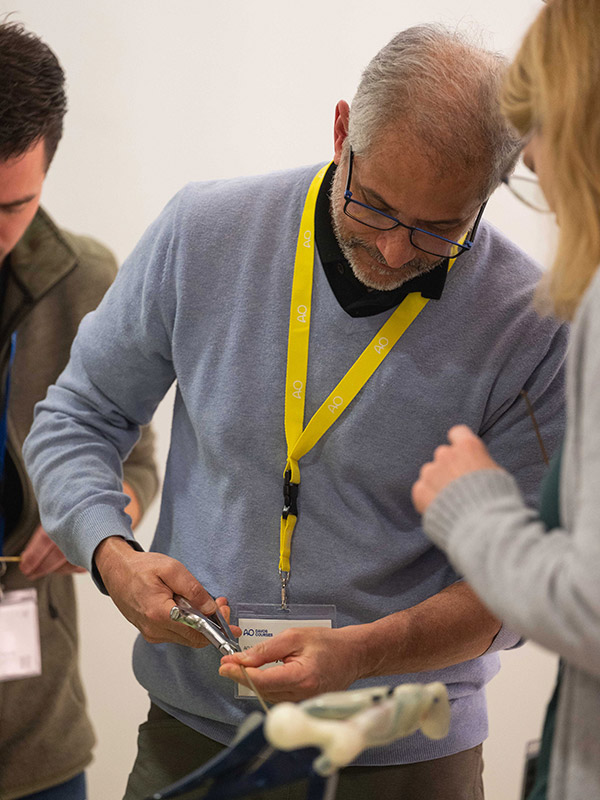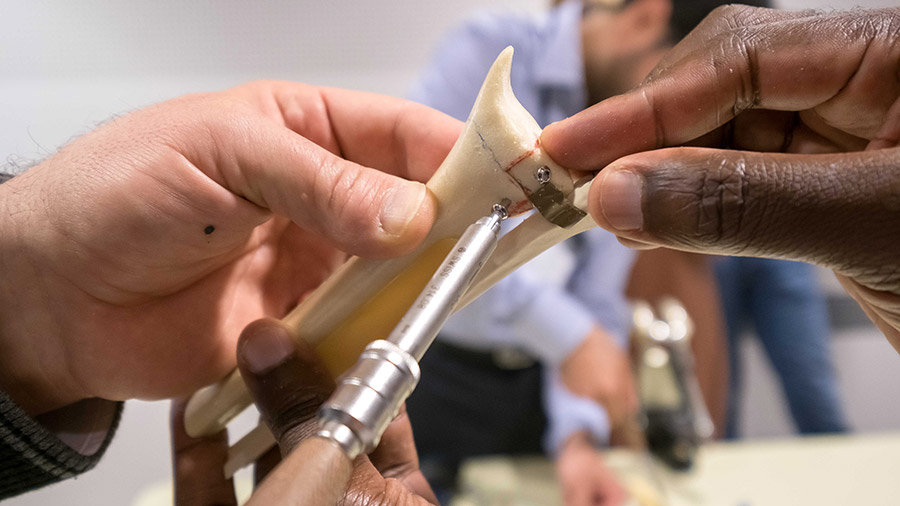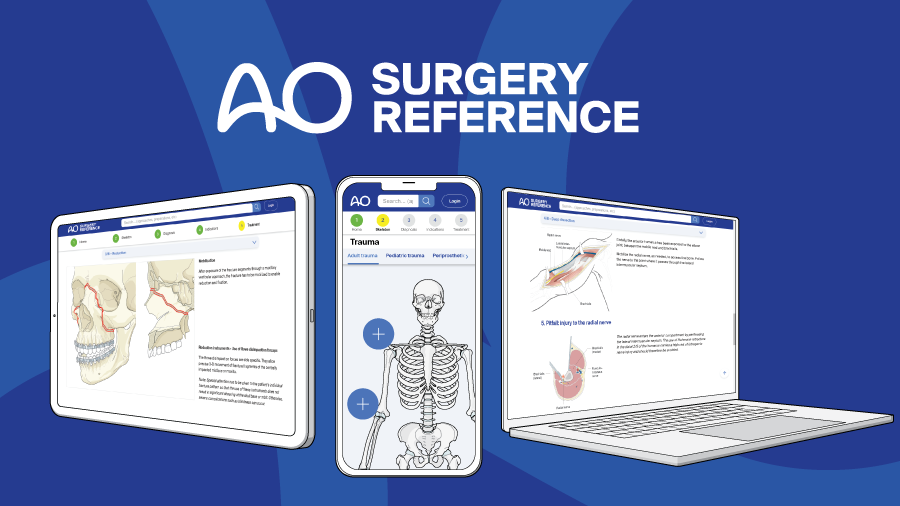AO Trauma Course—Managing Pediatric Fractures
The AO Trauma Course—Managing Pediatric Fractures aims to create a clinically centered learning environment where the current principles and techniques of fracture management in children and adolescents are demonstrated, applied, and discussed.
This course is for traumatologists, orthopedic surgeons, and other surgeons who are actively engaged in pediatric fracture care and who want to enhance their level of expertise in this field. Ideally, participants have completed the AO Trauma Course—Basic Principles of Fracture Management and must be able to communicate well in English.
Why you should choose this course
Top national, regional, and international faculty
2-3 days in duration
For surgeons who already treat pediatric fractures
Network with colleagues from all over the world
CME credits
Course content
-
Course modules
- Module 1 Fundamentals of managing pediatric fractures
- Module 2 Decision making
- Module 3 Lower limb: femur fractures
- Module 4 Lower limb: knee injuries
- Module 5 Lower limb: tibia, and ankle injuries
- Module 6 Upper limb: shoulder girdle injuries and humeral fractures
- Module 7 Upper limb: supracondylar fractures
- Module 8 Upper limb: elbow injuries
- Module 9 Upper limb: forearm and wrist fractures
- Module 10 Entire lower limb
- Module 11 Entire upper limb
- Module 12 Complex musculoskeletal injuries in children*
- Module 13 Slipped capital femoral epiphysis*
- Module 14 Deformity management*
- Module 15 Pathological bone (non-oncological aspects)*
- Module 16 Management of bone and joint infection in children*
*Only in selected courses. Check your chosen date and location for the full program.
-
Practical exercises
- Casting techniques and wedging
- Elastic nailing in the femur: retrograde and anterograde techniques
- Fixation of femur proximal metaphyseal fracture using the LCP Pediatric Hip Plate
- Fixation of Salter-Harris II Epiphyseal injury of distal femur with cannulated Screws
- Triplane (and Tillaux) fractures
- Elastic nailing of humeral metaphyseal and shaft fractures
- Humerus Supracondylar fractures
- Radial condyle and medial epicondyle fractures
- Elastic nailing of forearm and radial neck fractures
- Proximal femoral varus osteotomy (valgus optional)*
*Only in selected courses. Check your chosen date and location for the full program.
-
Small Group discussions
- Clinical decision making
- Treating femur fractures in children and adolescents
- Treating knee injuries in children of different ages
- Tibial diaphysis and distal tibial fractures
- Shoulder girdle and humerus
- Supracondylar fractures
- Elbow injuries: Lateral condyle, medial epicondyle and radial neck, and olecranon fractures
- Treating forearm and wrist fractures
- Pediatric lower limb injuries
- Pediatric upper limb injuries
- Open fractures & skeletal aspects of polytrauma in children*
- Spinal trauma, pelvis & acetabular fractures, hip dislocations*
- Causes and treatment of acquired deformity*
- Causes and treatment of congenital deformity*
- Infection*
*Only in selected courses. Check your chosen date and location for the full program.
Course details may be subject to change. Please check your chosen date and location for the detailed program.
Target audience
- Pediatrics specialists early in their career
- Generalists (orthopedics) spending about 20 percent of their time on trauma (including community surgeons)
- Pediatrics experts
- Trauma surgeons
Competencies
The education taskforce has identified the following competencies for this area of practice:
- Recognize that the outcome of similar injury patterns varies with a child’s age and adapt treatment accordingly
- Manage relationships with patient and parents/relatives
- Establish the natural history and decide on a treatment strategy
- Assess the patient based on developmental status and make decisions based on available team/infrastructure
- Perform the chosen treatment procedure
- Perform and document short- and long-term follow-up; apply findings to decision making
- Diagnose and treat septic arthritis in a timely manner
- Recognize and address signs and patterns of nonaccidental injury
- Diagnose and treat slipped capital femoral epiphysis
- Manage acquired and congenital deformity
- Manage pathological bone
- Recognize and stabilize the pediatric polytrauma patient
What does competency-based curriculum development mean?
Resources
AO Surgery Reference
Explore the award-winning online repository for surgical knowledge, describing the complete management process from diagnosis to aftercare for fractures in a given anatomical region.
Pediatrics education taskforce

Keith Baldwin (USA)
Term: 2025–2027

Ali Turgut (Turkey)
Term: 2026

Khalid Khoshhal (SA)
Term: 2024 – 2026
See a full list of all regional program contributors and past international program editors.

“Our learners are constantly challenging us to be innovative and to develop more meaningful ways to share our expertise with them. This new AO Trauma pediatrics curriculum applies new learning approaches to impart the knowledge and skills they need to perform their best.”
Jonathan Dwyer, past member of the pediatrics education taskforce
Not the right course?
Find our list of all curricula courses here.





